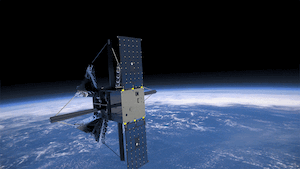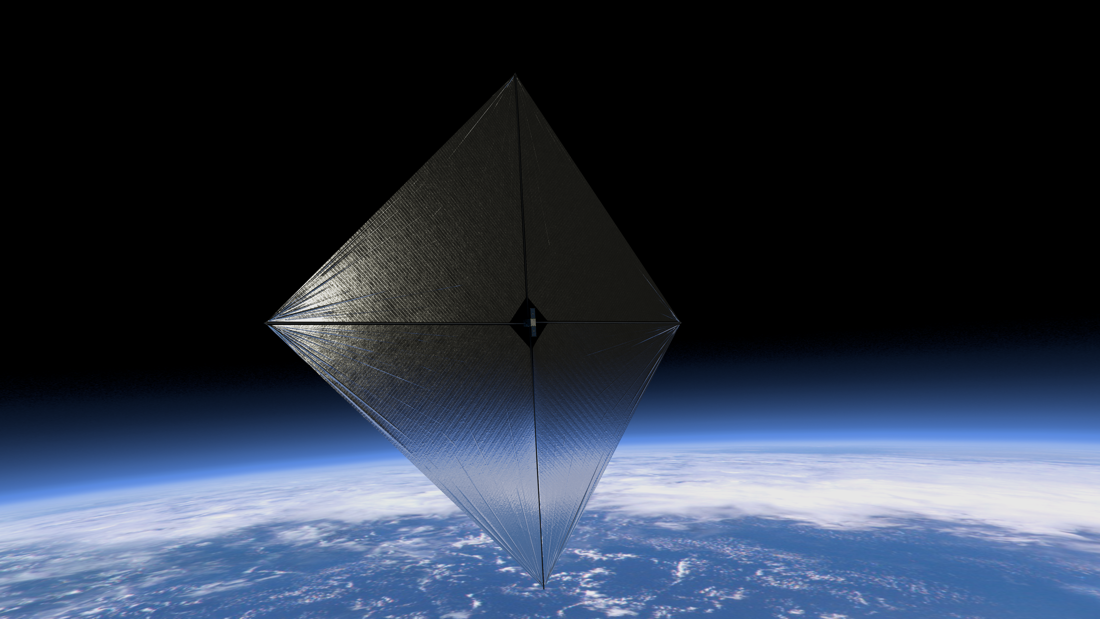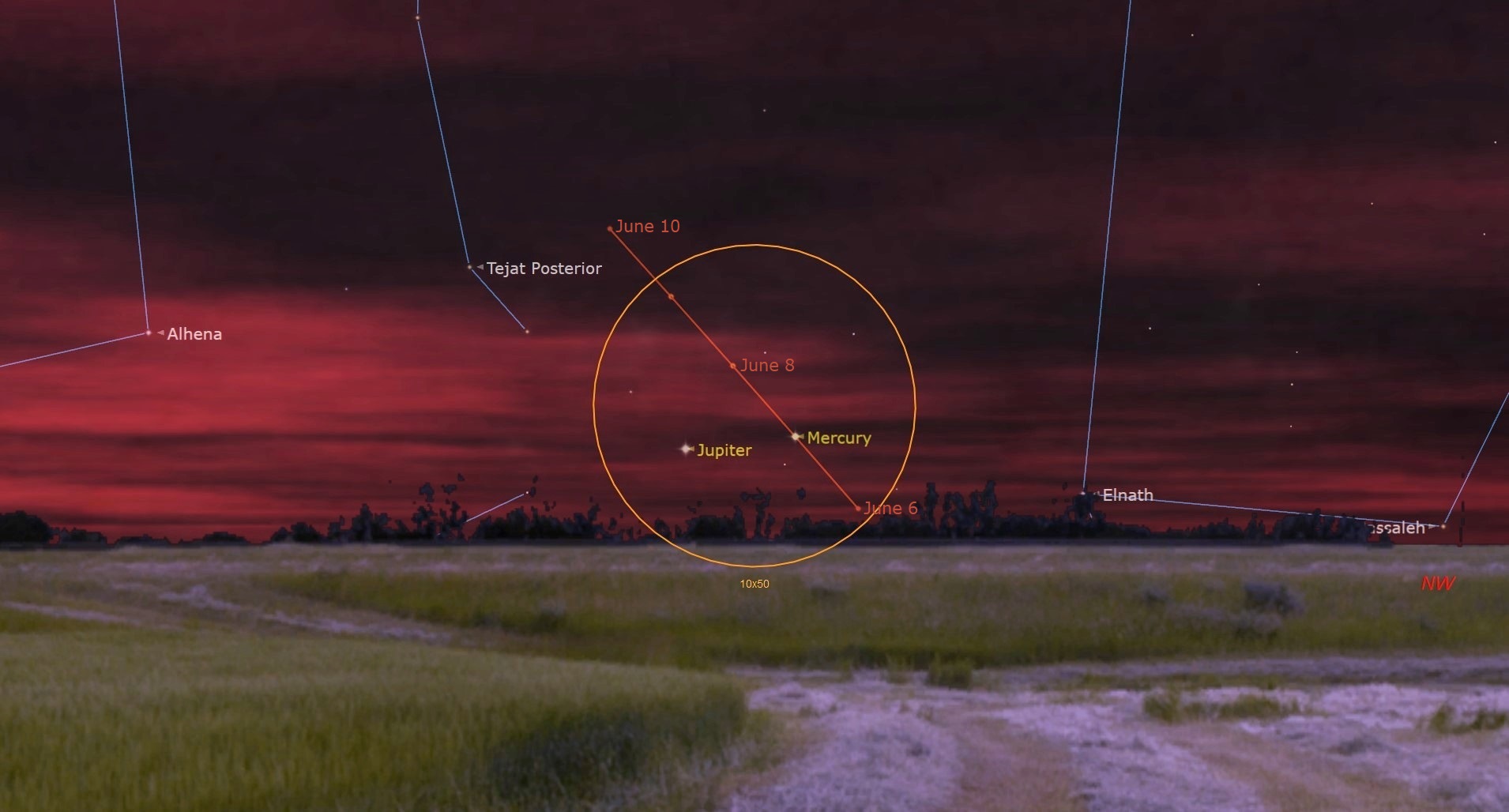NASA to test new solar sail technology with launch in 2022

NASA says it plans to test new solar sail technologies in space by the middle of next year.
NASA's Advanced Composite Solar Sail System (ACS3) will deploy an apartment-sized solar sail from a toaster-sized cubesat in Earth orbit in mid-2022. The mission will refine technologies associated with solar sails.
Such sails have been used in space before, most recently in the Planetary Society's ongoing LightSail 2 mission, which has spent just over two years in orbit. "Just as a sailboat is powered by wind in a sail, solar sails employ the pressure of sunlight for propulsion, eliminating the need for conventional rocket propellant," NASA officials wrote in a June 23 statement.
Related: A solar sail in space: See the awesome views from LightSail 2
The data the new mission collects will inform the design of future, larger-scale systems that can be used for asteroid searching, monitoring the sun's activity or powering astronaut communications systems in deep space, NASA added in the mission update.
ACS3 has been under active development since 2018, and in 2020, NASA selected NanoAvionics to build the satellite bus; the contract amount was not disclosed in the contract press release. NanoAvionics is a spinoff company from a group at Vilnius University that built a satellite, LituanicaSAT-1, that transmitted the first Lithuanian message from space in 2014.
The new mission will showcase the deployment of a "composite boom" solar sail, demonstrating a lightweight and durable material that could save on mass and therefore, launch costs in future missions, NASA said. The fully deployed square sail will be supported by four booms and span about 30 feet (9 meters) per side.
Get the Space.com Newsletter
Breaking space news, the latest updates on rocket launches, skywatching events and more!
While the ACS3 solar sail is comparatively small, NASA said the same composite boom technology could support sails that are roughly the size of a basketball court — or 5,400 square feet (500 square meters). For this reason, the composite boom technology will be the focus of the mission.

The deployable composite booms arise from a project at NASA's Langley Research Center that is studying how to deploy large systems, including solar sails, on small satellites. NASA said the booms are made from a polymer material that is reinforced with carbon fiber, making the booms 75% lighter than standard metal ones and far less vulnerable to heat-induced warping. The mission will be the first time that composite booms, sail packing and deployment systems will be used in orbit.
"This composite material can be rolled for compact stowage, but remains strong and lightweight when unrolled," NASA stated. The unrolling system will include an "innovative tape-spool boom extraction system" that is supposed to minimize the risk of jamming, the agency added.
While solar sail technology is in its infancy, the potential benefits include a longer mission lifespan, as both chemical and electric propulsion systems are limited by the amount of fuel available, NASA said. Mission managers will also characterize how well the thrust functions on the sail while changing the spacecraft's orbit, which will prepare for missions to travel farther from Earth.
Follow Elizabeth Howell on Twitter @howellspace. Follow us on Twitter @Spacedotcom and on Facebook.
Join our Space Forums to keep talking space on the latest missions, night sky and more! And if you have a news tip, correction or comment, let us know at: community@space.com.

Elizabeth Howell (she/her), Ph.D., was a staff writer in the spaceflight channel between 2022 and 2024 specializing in Canadian space news. She was contributing writer for Space.com for 10 years from 2012 to 2024. Elizabeth's reporting includes multiple exclusives with the White House, leading world coverage about a lost-and-found space tomato on the International Space Station, witnessing five human spaceflight launches on two continents, flying parabolic, working inside a spacesuit, and participating in a simulated Mars mission. Her latest book, "Why Am I Taller?" (ECW Press, 2022) is co-written with astronaut Dave Williams.
